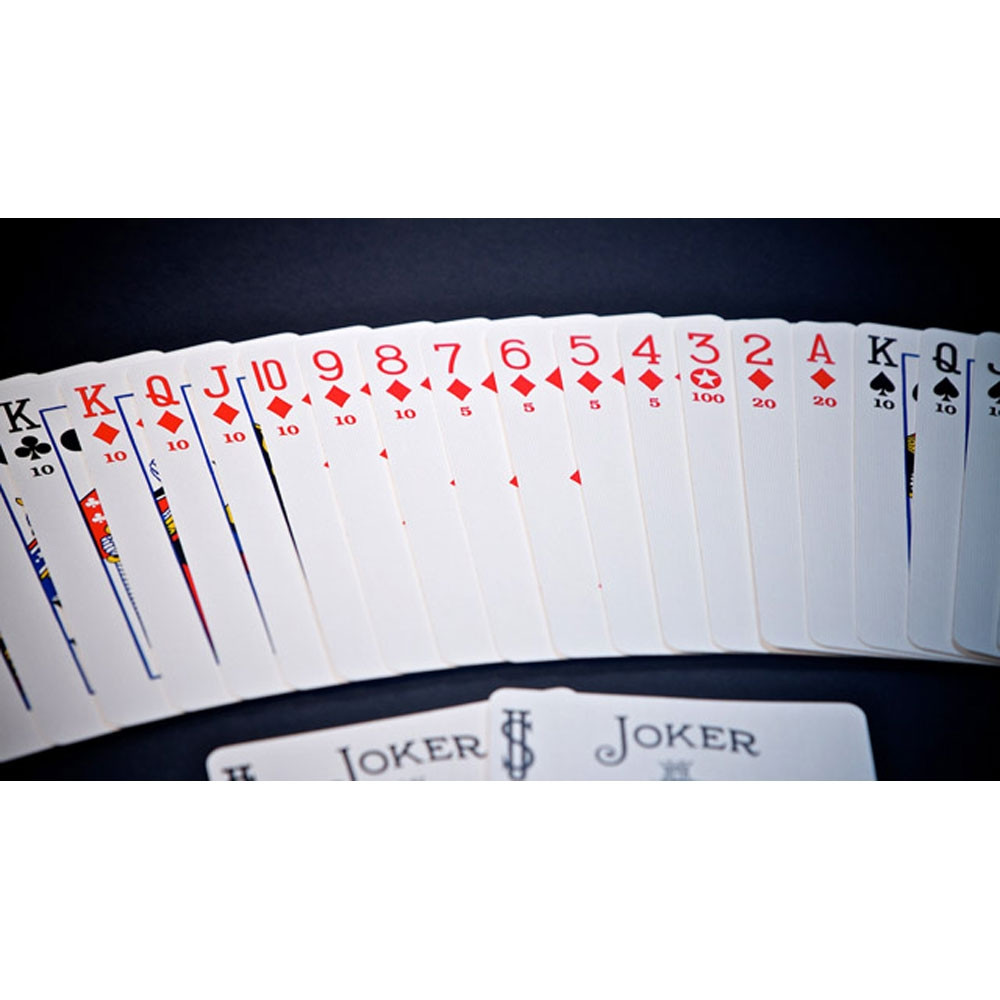

This makes the rounds, especially when there are a limited amount of them as in Hand and Foot Canastas, easier to keep track of. When I usually play Canasta, the player who is keeping score deals first. There are several ways to choose who will deal first. For this game, with only two decks of cards, this isn't a hard task, but in Hand and Foot Canasta there are five decks of cards, so it is usually a good idea to have everyone shuffle. This will be discussed more in the Discard Pile section.Īnyone and everyone may help to shuffle the cards. When discarded, a black 3 prevents the next player from picking up the discard pile for that turn.

Therefore, the point value is usually used to subtract points when a player has a black 3 left in their hand when another player goes out. In this case, 3 or 4 black 3's may be melded, but wildcards can't be used. For each red three a player has laid down they score 100 points at the end of the hand or 800 points if they have all four.īlack 3's are worth 5 points each, but can't be melded unless it is the last meld a player makes before going out. If a player is dealt a red three, draws one from the stock, or finds one in the discard pile after taking it, the card is to be placed face up near the player's melds, if any, and a replacement card drawn. Therefore, it is not possible, and illegal, to make a meld of wild cards. Wild cards can be used in place of any natural card in a meld, provided that there are more natural cards than wild cards. These cards are wild cards (Jokers and twos) and threes.

There are several cards that have a special purpose in Canasta. The rules given in the following pages are the standard rules for four players, with variations for different number of players given at the end. However, the most common form of Canasta is four players in two partnerships. Canasta can be played with between two and six players. The object of Canasta is to form melds, sets of three or more cards of the same rank. If you are interest in seeing the US Playing Card full version, please visit the External Links page, where I have given all of the sources used on this site or just other Canasta sites that I thought might be of interest. I have however, relaxed the tone and some of the rules a bit as they give the "official" strict rules, which most everyone doesn't follow to the strict letter. Since I have never played Classic Canasta myself (I am more of a Hand and Foot Player) I used the rules found on the US Playing Card website as my frame of reference.

Classic Canasta is most often played with 4 people in two partnerships, but can really be played with any number of players between 2 and 6 with a few minor changes to the rules. It is the version that most of the variants are based off of. Classic Canasta is a single hand version of Canasta.


 0 kommentar(er)
0 kommentar(er)
